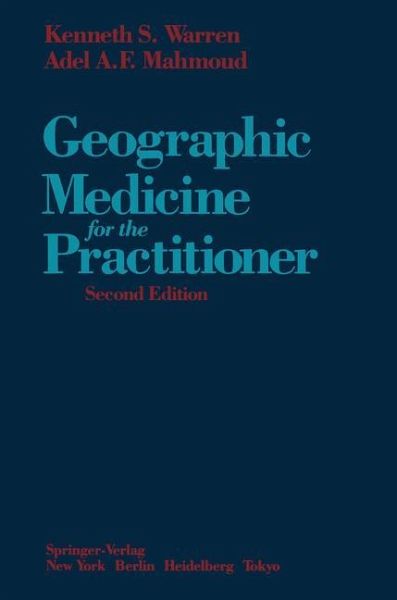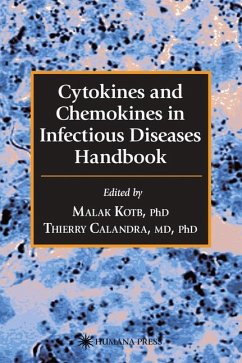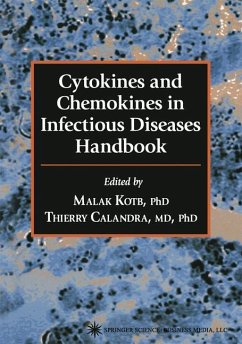
Geographic Medicine for the Practitioner

PAYBACK Punkte
39 °P sammeln!
Physicians in most developed countries are at a great disadvantage when confronted with geographic and tropical diseases. They may be faced with prevention for patients who are outward bound or with diagnosis and treatment on their return. The practitioners' difficulties relate to inade quate teaching in medical schools and to the infrequency with which they are confronted with these exotic diseases. It is quite surprising to realize the extent of travel by Americans to areas where the tropical diseases abound: in 1979 there were 3 million trips by U. S. residents to Central and South America ...
Physicians in most developed countries are at a great disadvantage when confronted with geographic and tropical diseases. They may be faced with prevention for patients who are outward bound or with diagnosis and treatment on their return. The practitioners' difficulties relate to inade quate teaching in medical schools and to the infrequency with which they are confronted with these exotic diseases. It is quite surprising to realize the extent of travel by Americans to areas where the tropical diseases abound: in 1979 there were 3 million trips by U. S. residents to Central and South America and almost 1 million to Africa and Asia. I Further, the influx from the tropics to the United States in 1978 involved 4. 5 million visitors and more than half a million immigrants. I The single most danger ous ofthese infections is malaria, which is now averaging about 500 cases yearly in the United States; it is important to realize that infection with one species of this organism (Plasmodium falciparum) can be lethal within a few days of the onset of fever. Highly contagious infections such as the newly discovered and extremely lethal Lassa and Ebola fevers may be imported to our shores, plus cholera, antibiotic-resistant bacillary dys entery, and amebic dysentery and liver abscess. Chronic worm infections such as schistosomiasis, although rarely lethal, may have severe conse 2 quences such as paraplegia or hematemesis.














